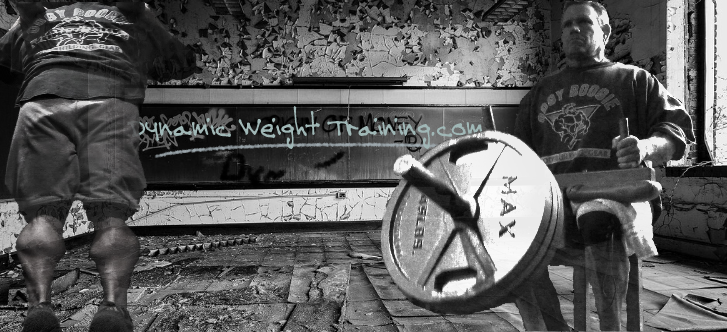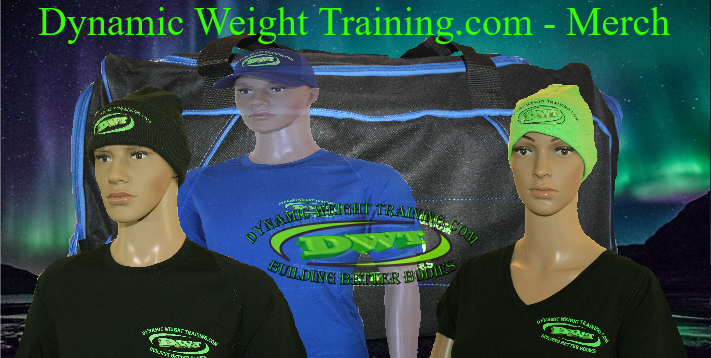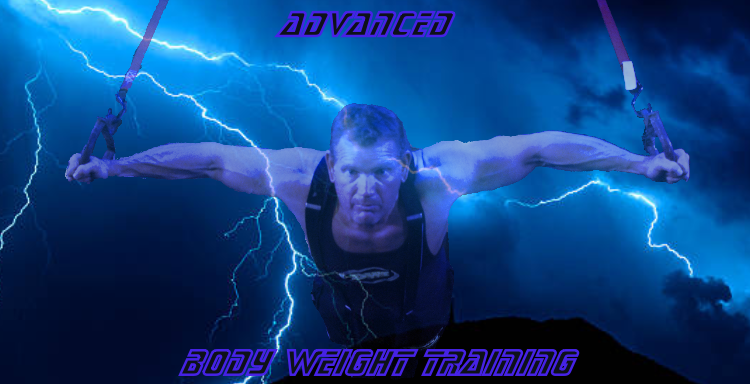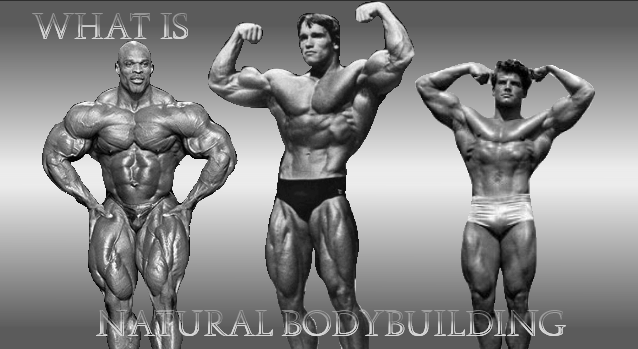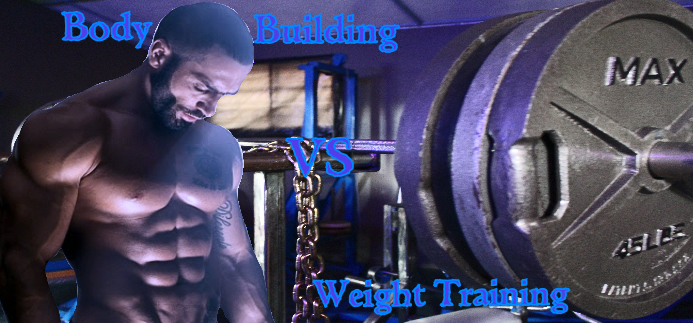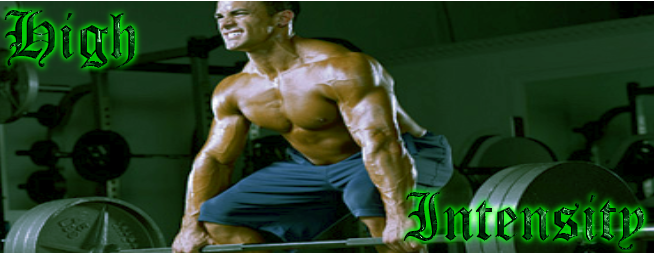Old School Calf Training
Calf training is in a classification of it's own: this body part stands alone in its uniqueness. The epitome of strength and body symmetry was often equated to broad shoulders and extraordinary calf development in ancient Greek stone carvings; that to this day, has immortalized their athletes and warriors.
Today; Calf training often comes second, even commonly missed in many natural bodybuilding routines-a few halfhearted exercise attempts at the end of a leg day, hoping that the physic gods will honor your efforts with well-developed calf muscles... only yields poor results.
This article is going to put Old School Calf training under the dynamic weight training microscope, by interpreting muscle type and how to train them, going deeper into calf-anatomy and rep ranges while manipulating exercise strategies, resistance and intensity levels.
Calf Mechanics
Calf training and its mechanics can often be misunderstood; this muscle group is used so often in our daily lives that its range of motion often leaves a false sense of how we should train them.
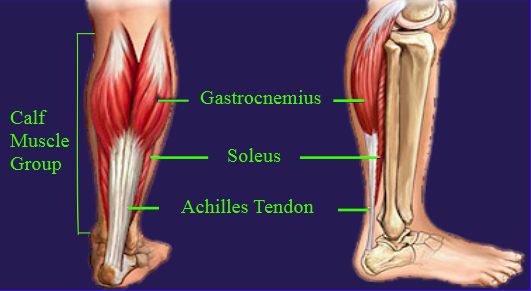
The calves
have a small or limited range of motion,
making their function simple within this range.
The toe and foot-arch proclaim most of the early concentric or pushing effort in the beginning of each step; once in mid-push of the step the powerful calf muscles now begin to drive the body upward and forward to complete the step.
Even though the calves are extremely strong on their own from this constant continuous effort, doesn't necessarily mean your calves will look good or be noticeable beneath the skin.
So where do the pearls lie - why do some athletes develop great calves while others don’t? Have a look, are you using any or all of these 5 training strategies
- Always use a full range of motion in your training.
- Calf development will be weak until toe and arch strength is achieved.
- Vary/alter toe potion and training intensity.
- Focus on the feel of each movement not the resistance.
- Keep the knees locked, (forcing the calves to do the lions share of the work).
Following these 5 simple old school rules, will exponentially increase the speed of your training success!
Building Toe and Arch Strength
In the beginning: the most important part of calf training once you understand their dynamics are; choosing the right resistance for your current calf strength threshold.
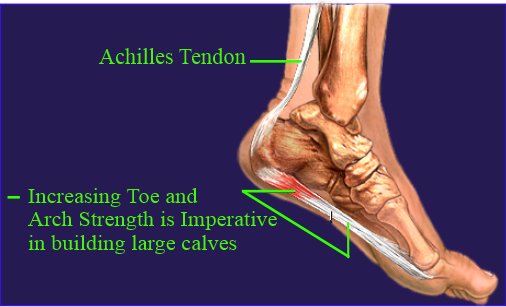
If you’re
new to training calves, or advanced – learning and developing toe and arch strength is
where serious calf training begins...
It’s difficult to strengthen and build up the thick overlapping muscle of the Gastrocnemius. In the beginning the main focus should be to increase tendon strength in the Achilles and Soleus muscle groups, making this effort will naturally increase foot-arch and toe strength.
The calves
respond best to heavier resistance and basic movements of 8 – 10 reps. An easy
rule of thumb for choosing resistance levels are: If you stay in this rep range
with 'good form' your probably
training at a good intensity level to build size and increase calf strength.
The biggest mistake I commonly see made in calf training is: most athletes neglect to use a full range-of-motion, often trying to increase resistance to rapidly, which ruins exercise form and shortens the range of motion, ultimately losing out on some training benefits.
The calves are already used to hard work, lifting the body all day with every step we take; the missing link in calf training is simple...
A big emphasis should be made to increase the range of motion in every exercise from a full stretch of the calves at the bottom of each repetition...
while driving forward off the toes to a full contraction of the calves at the top, with the knees locked.
High Density Muscle – How to train it?
Certain body parts such as: the Calves, Abs, Quadriceps etc., fall into the high density profile.
Meaning:
muscle and connective tissue that is repetitively used - commonly has this
tendency with a few exceptions. From the time we rise/then retire to bed, we
spend a lot of our day standing and walking on our calves.
Once the calves become conditioned their ability to handle more stress, makes them a (tougher muscle group). They have the ability to be trained harder and longer and recover faster than almost any other body part.
Because calf training consists of 90% machine based exercises: keep in mind, machines naturally make training life easier and safe compared to free weight training. Once conditioned to the rigors of calf training, stepping out of your intensity comfort-zone is key when using machines.
View machinery the same as free weights: don't stop until your absolutely beat!
Getting the calves to respond is not as easy as most might think! With this muscle group naturally being strong and able to withstand hours of torturous endurance, begs the question... How do you train them to get them to respond?
All too often experts say “varying toe position doesn’t matter” or “use higher rep ranges of 20 – 25”, often; these articles are written by guys who never train calves or from athletes that use (Pharma’s), either way I begrudge know one for their opinion, but...
Preforming exercises with partial reps, neglecting exercise variation/position or using 20-ish rep ranges never challenged my calves - simply because the calves are already used to this type of daily high rep activity.
Old School Natural Calf Training
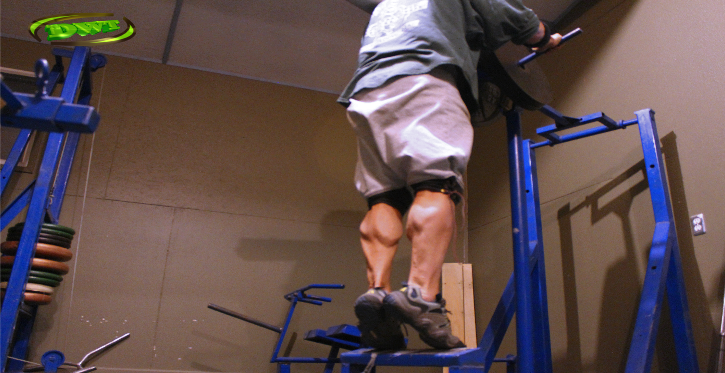
The old school of calf training can be a cruel mistress for us natural guys, but... it’s effective! To put size on the lower legs I vary continuously my toe position, preforming 3 or 4 different exercises of 3 or 4 sets per exercise – with an 8 -10 rep exercise range... that doesn’t sound so bad-does it?
What I just mentioned did help with my calf strength and development, my problem as a natural bodybuilder was - they still lacked shape and muscle density.
I finally introduced a (Double Drop set) on every exercise I preformed; this became the answer: within 8 -10 months my calves became noticeably different looking.
E.g., drop set: setting resistance to achieve 8 – 10 reps, on set completion, immediately remove 15 – 20% of the resistance, then pressing on to complete 5 - 7 more reps - all counted as one-set.
Calf training for the natural guy-needs an old school approach.
Using 3 – 4 basic machine based exercises
1. Standing Calf raises
2. Seated raises
3. Decline angle Leg sled raises
4. Incline angle hip leg sled raises
Changing exercise training order, varying toe position and resistance levels within these exercises will give plenty of stimulation, taking your calf development to the next level.
Calf Training Exercises
Standing Calf raises:
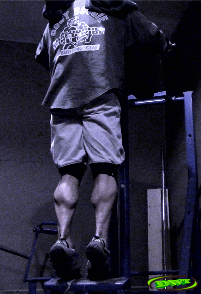
This classic old school calf training exercise; the standing calf raise, will build strength and calf mass like no other.
Any standing exercise where the weight is supported by the shoulders, that aligns the resistance to heels, often gives a big mechanical strength advantage.
This exercise, with a full range of motion, ultimately builds power and mass in the Gastrocnemius.
Driving upward off the toes somewhat explosive, and returning under control builds calf thickness and density,.
This exercise should always be a mainstay in your training arsenal.
Decline Angle Leg Sled Raises:
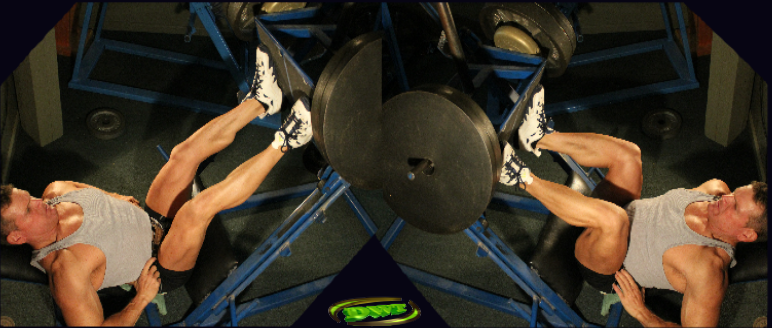
Using the
angled leg sled - although designed for upper legs, is another great way to put
the calves through their paces.
Incline or decline leg sleds commonly align the resistance to the hips, allowing the use of resistance comparable to the standing raise, becomes a great secondary calf exercise allowing more exercise control.
Decline calf raises are a sister exercise to the standing calf raise, as the hips support the resistance this allows you to concentrate fully on each repetition, again driving off the toes-up to a full momentary contraction, forcing more blood into the calves...
lowering the resistance slower than you pushed it up – builds calf density.
Incline Hack leg Sled:
This is another calf exercise you can use with or substitute for the decline leg sled.
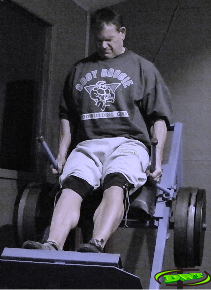
This
exercise commonly doesn’t let you use quite as much resistance as the other 2 exercises
mentioned above as gravity acts slightly different, your not only pushing the resistance,
but your own body weight as well.
Incline or decline sliding leg machines when used for calf training; commonly work the lower part of the Soleus and up higher on the over lapping muscle of the Gastrocnemius.
Drive off the toes forcefully and contract/while releasing slower under control to a full stretch in the bottom end on each rep. this exercise stimulates upper calf width, mass and muscle density.
Seated Calf Raises:
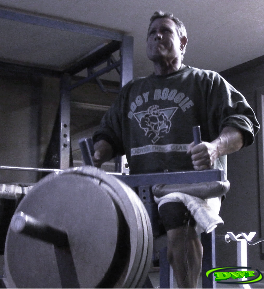
This
exercise is a great classic calf shaper, it differs from other calf
exercises where the hips, knees and legs can be locked out to support the resistance.
The seated calf raise is a shaping movement, because the resistance is supported by the legs and knees, not as much resistance can be used.
This exercise primarily works the underlying calf muscle and supporting Achilles tendon and aids in the look of calf width and lower Soleus development (filling in the area between the Gastrocnemius and heel), ultimately unifying calf symmetry.
In Summary:
The calf's have a reputation for being stubborn...
but their really no different than anything else: 30 - 45 mins of serious calf training twice a week often provokes responce - if that doesn't work, add an additional weekday in there, using high reps ( 12-15 ), one week while substituting low reps of (4 - 6) on the next...
Calf training is like training a puppy... the more quality time you spend with it, the better dog you'll have as it matures in the months to come.
As mentioned: the calves are a tough muscle, take your calf training to the next level, make them submit to your will and train them without mercy and you will see new growth.
It wasn't until after some serious experimentation - did I begin to understand that stepping up the training intensity within each exercise, did the training results begin to reveal themselves.
Because the calves are used daily to lift and propel our entire body weight, just stepping off of a machine after completing a set of 8 – 10 reps then resting, just isn't enough new stimulation to get this stubborn body part to respond...
lifting 2 - 3 times your own body-weight in short bursts is the game changer in calf training. Pinup a set of calves you'd like to build to motivate your efforts, add some new intensity, change-up the exercises, be creative and above all; add some fun... and you will get there!
DWT
